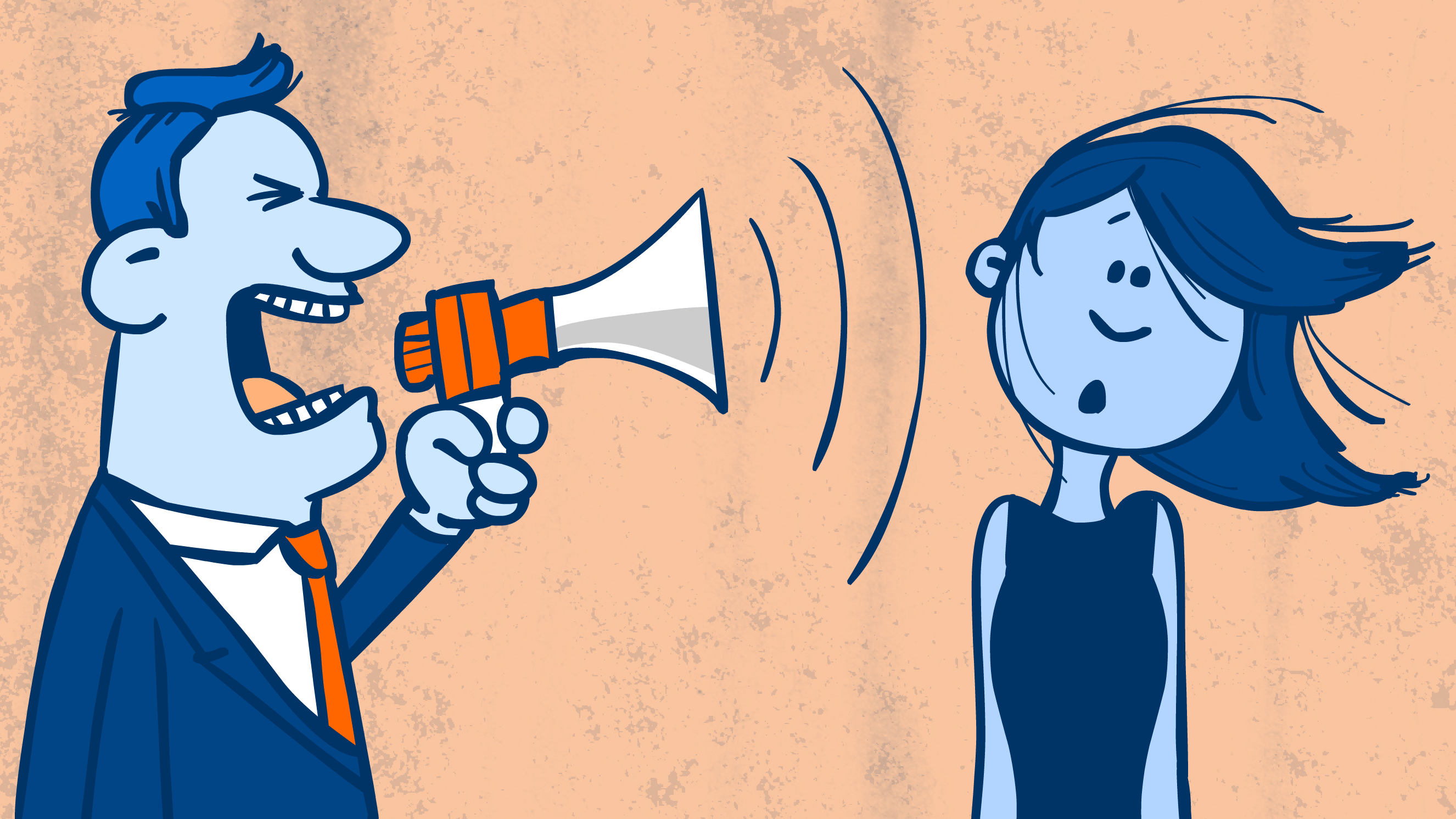Communicating Effectively
Get your message across

Communication means passing messages to another person or persons in a manner that enables the other person to receive them clearly.
The sender must choose a suitable medium of communication . This could include:
- A brief written communication,
- A lengthier written report,
- An email,
- An SMS message,
- A telephone call,
- A personal visit.
The choice will depend upon a range of factors, including
- Time to compose
- Urgency
- Type and expectation of audience
- Accountability
- The need for a record.
The sender must be confident that the communications channel will be used and monitored by the listener. There is no point in sending a message via Twitter if your receiver is expecting you to use the telephone.
The sender must be confident that the communication channel isn’t noisy or subject to interference that will distort the message. For example, don’t make phone calls from crowded places or to people in crowded places.
Choose an information medium or channel that is only accessible by the people that you want to obtain the information you are sending.
- Compose a message carefully to ensure that it says what is intended and that it does so as explicitly as possible.
- Avoid abbreviations that may render your message unclear to anybody who is unfamiliar with the abbreviations you have used. This includes using texting jargon — possibly meaningless or irritating to people not on your wavelength.
- Use punctuation sensibly. Punctuation adds to meaning and inappropriate punctuation can change meaning.
- Leave out anything that is irrelevant to what you have to say.
- If a message is important, then read it carefully before sending it. Make sure you’ve got it right and that you are conveying what you intended clearly and without ambiguity.
- If a message is unimportant, then why send it? Don’t get a reputation as somebody who clutters up other people’s email accounts or who drags out telephone conversations unnecessarily.
Some senders intentionally relay communications full of ambiguities so they can backtrack later on and claim a different intention, should anything misfire. This tactic isn’t very good if you want to convey specific information.
If it is important that the receiver gets the message, then it is important that the receiver confirms they have received it. This means the receiver giving feedback to the sender that the message has been received, read and understood.
If there is anything unclear, then the receiver should seek clarity. If everything is okay, then a simple thank you will reassure the sender that the message has got through.
When a message has been sent and the sender receives no acknowledgement that it has been received, this can cause uncertainty for the sender who may then be distracted from getting on with other things.
The sender may also need to elicit feedback from the receiver to ensure intentions were met and to clarify the message should it be necessary.
Pin It on Pinterest